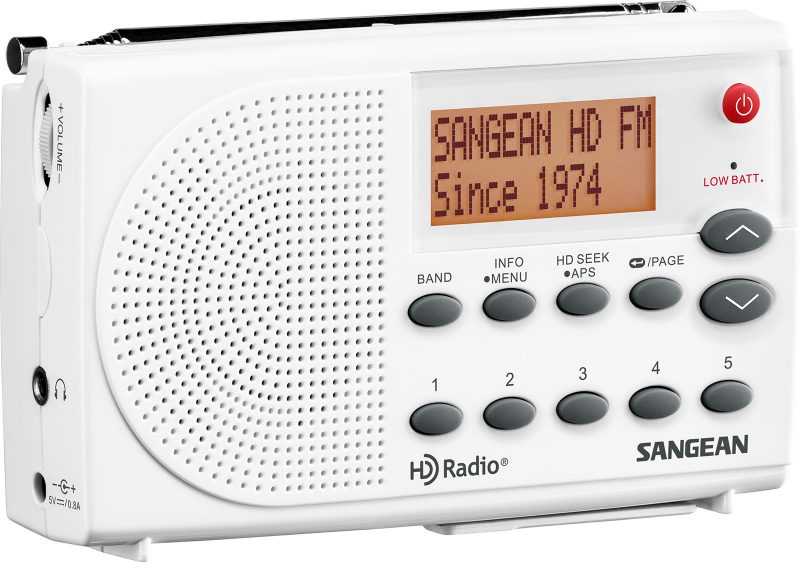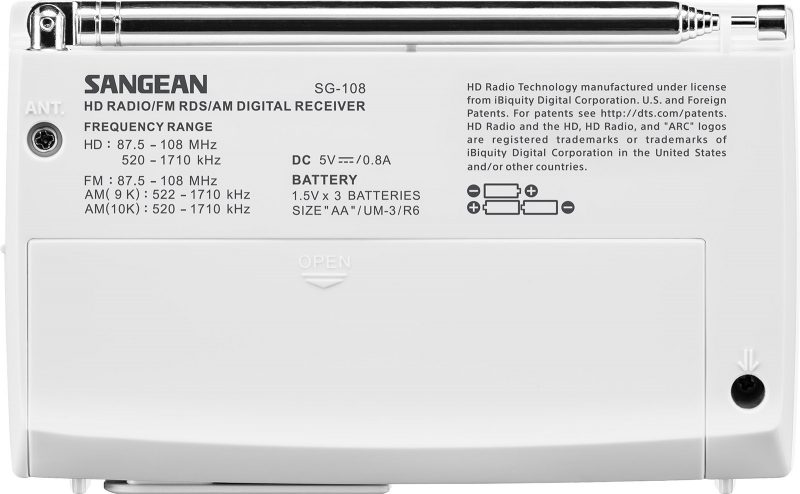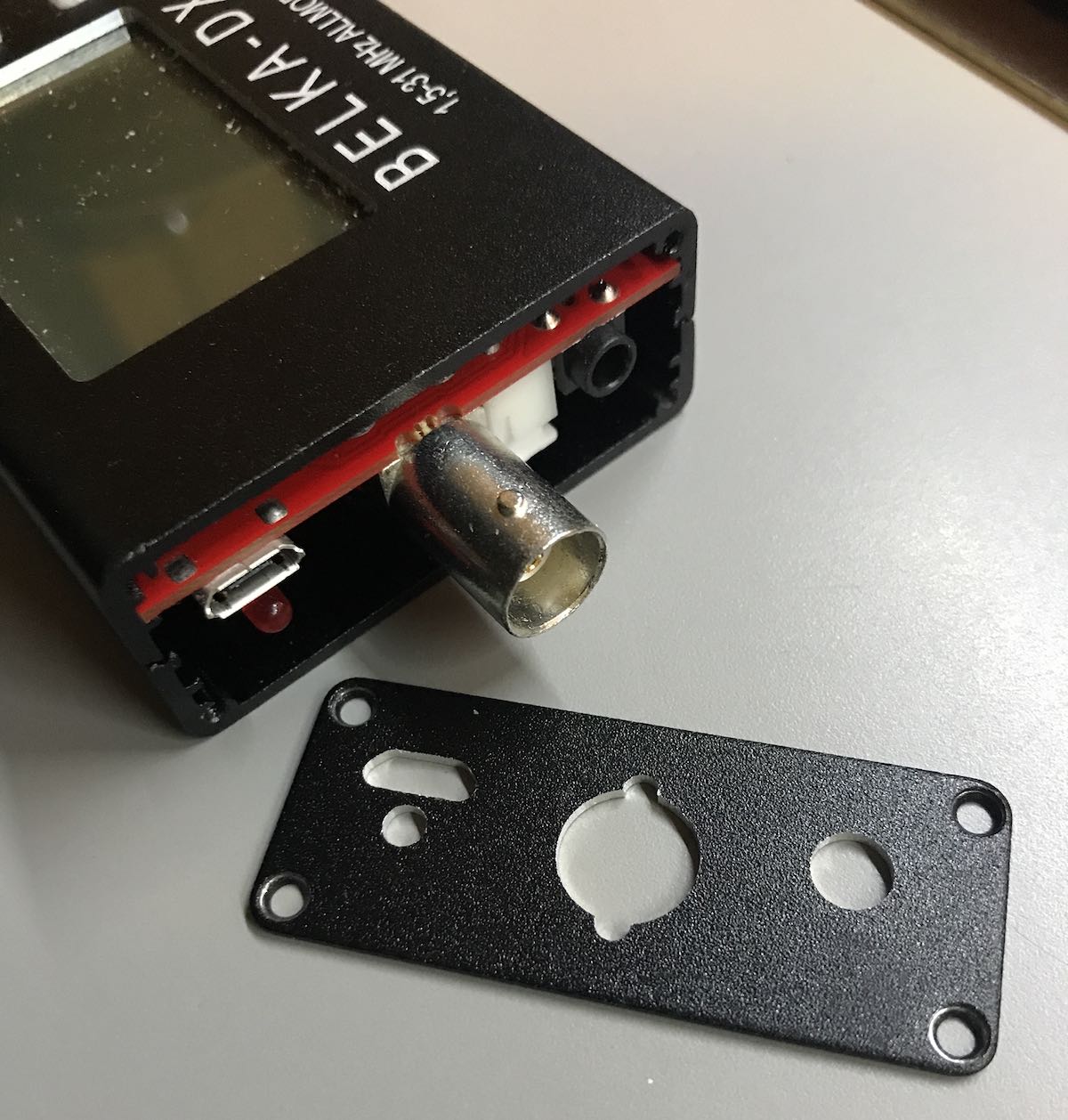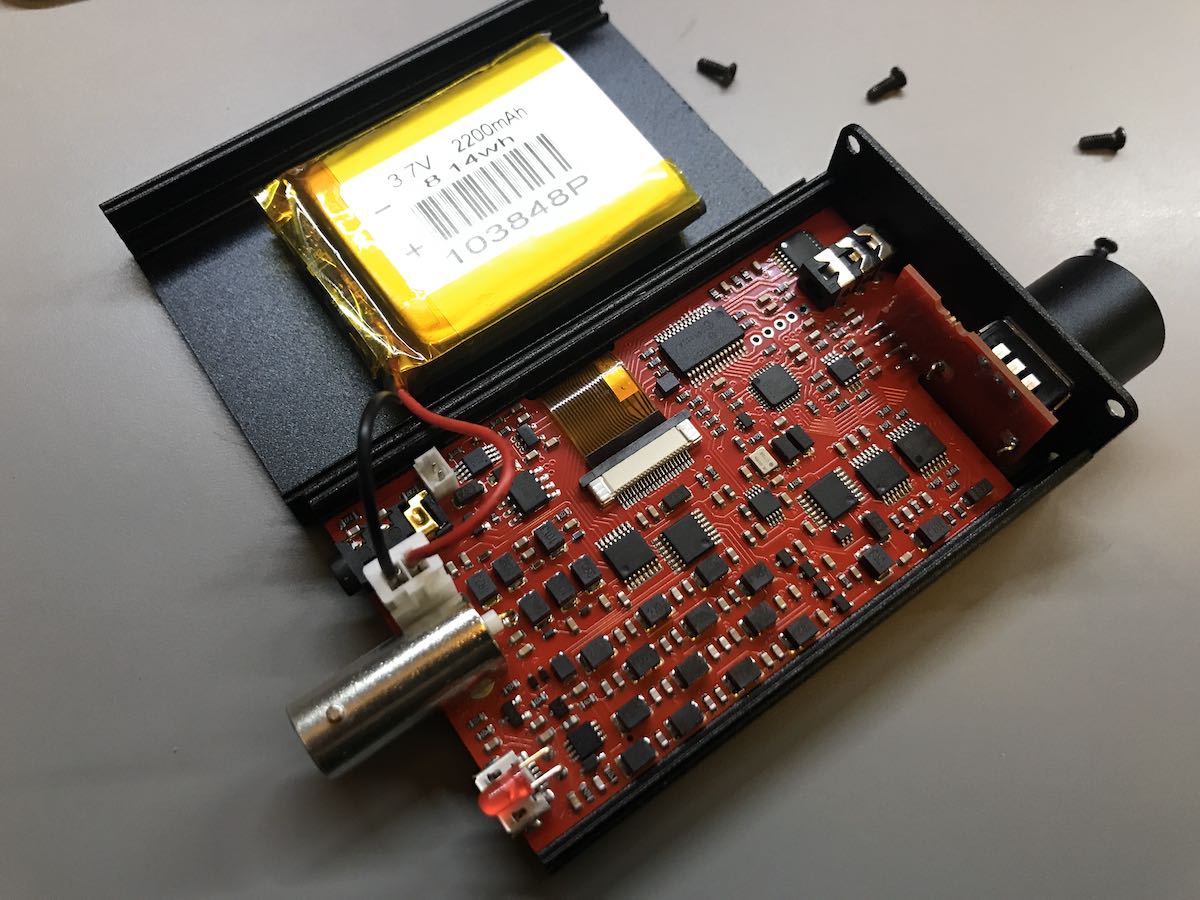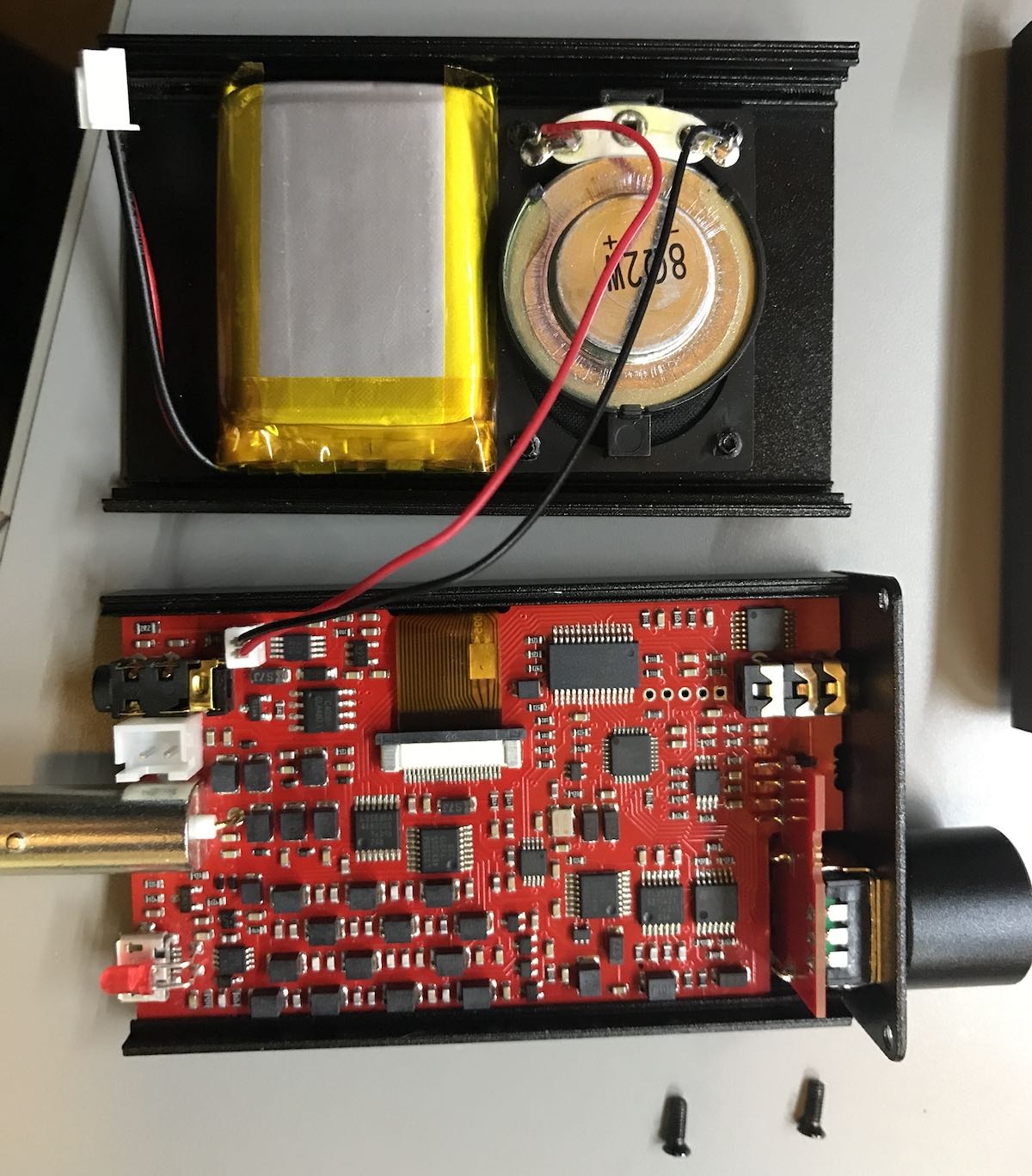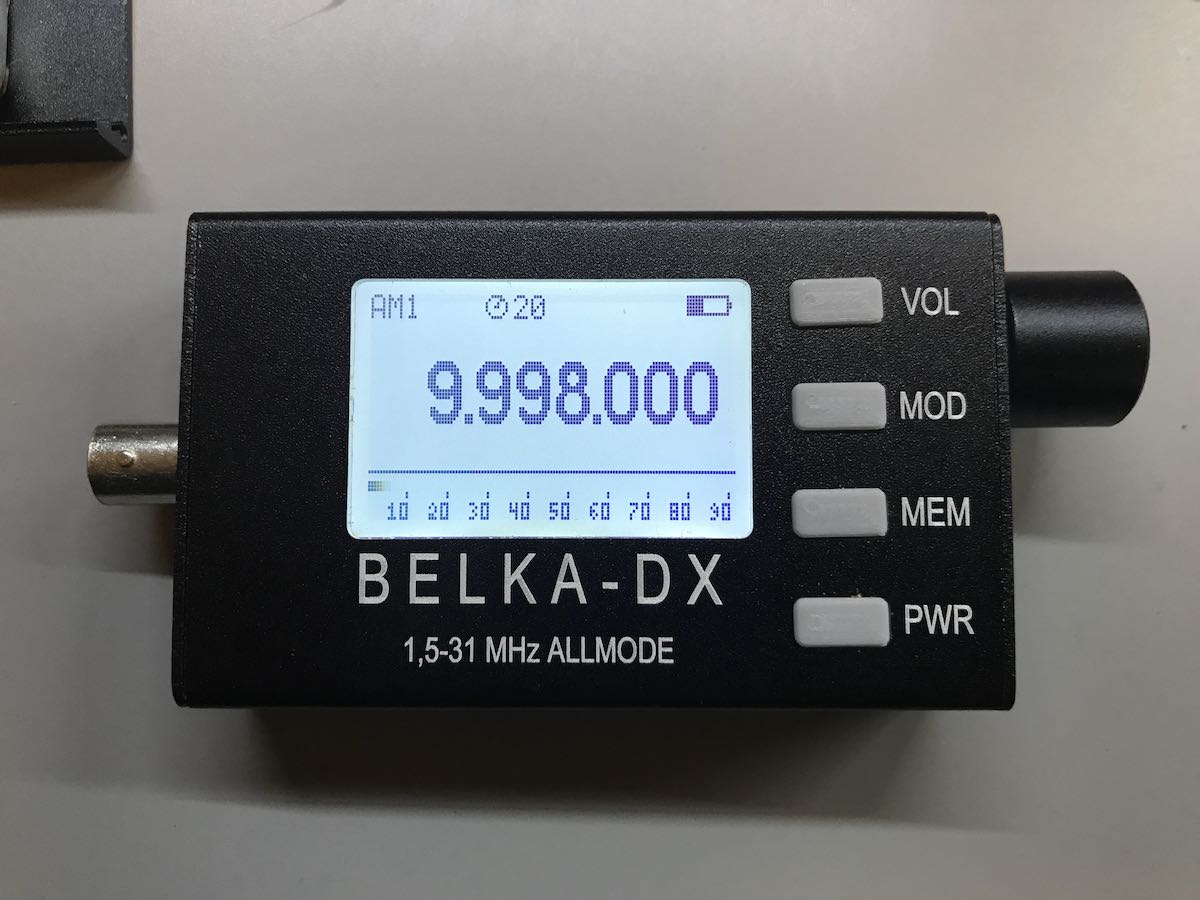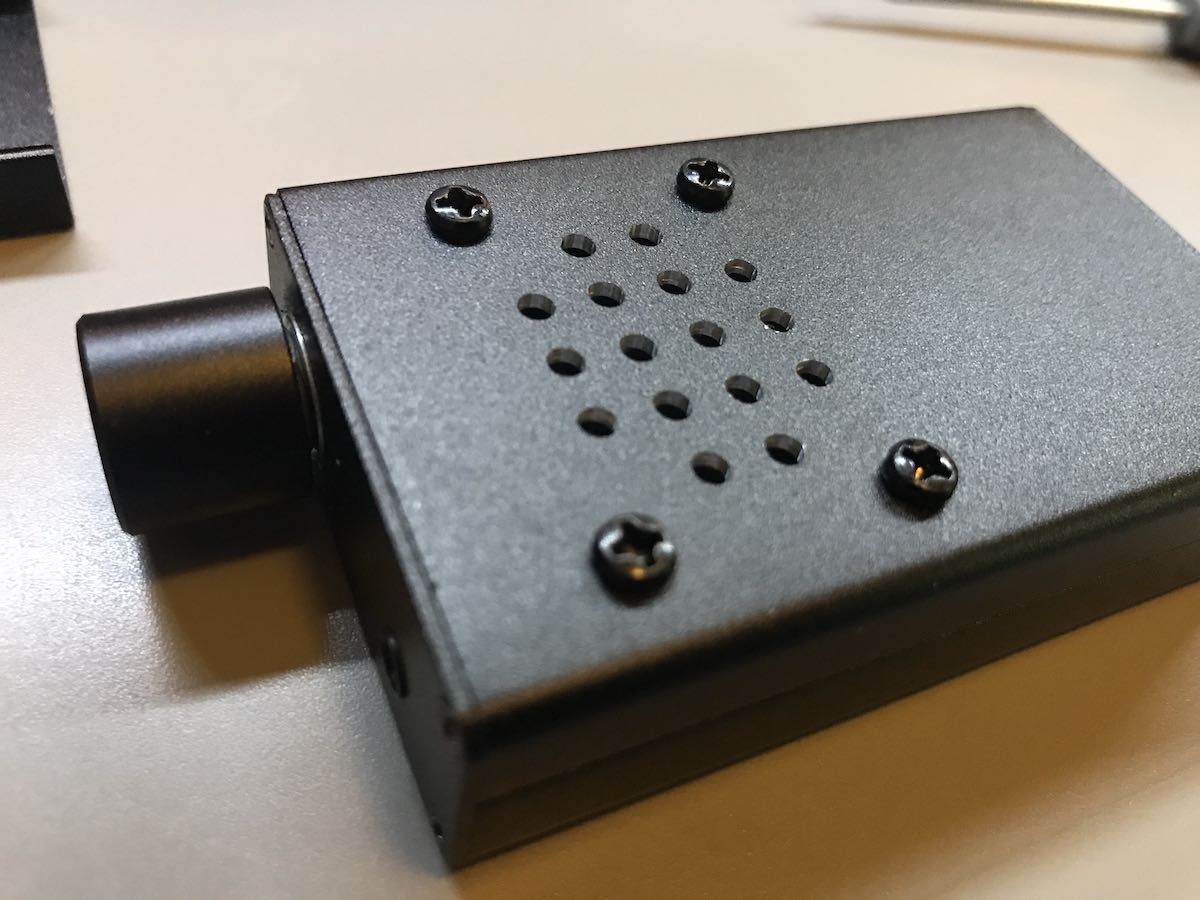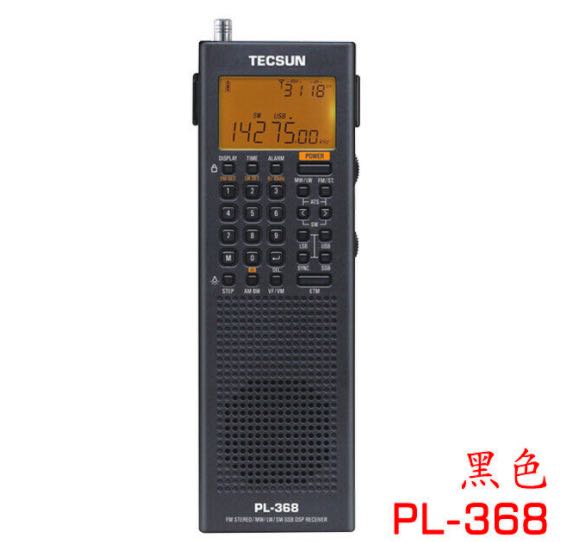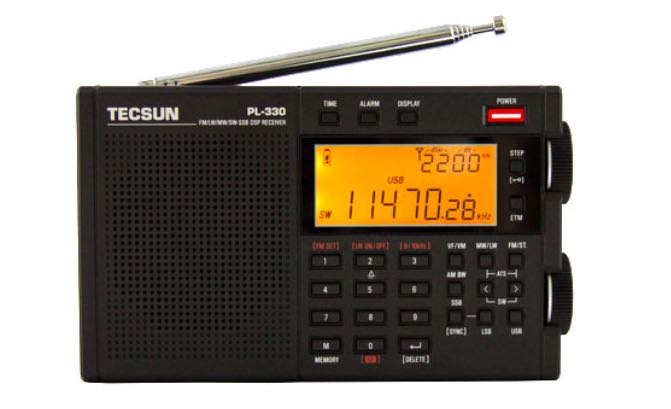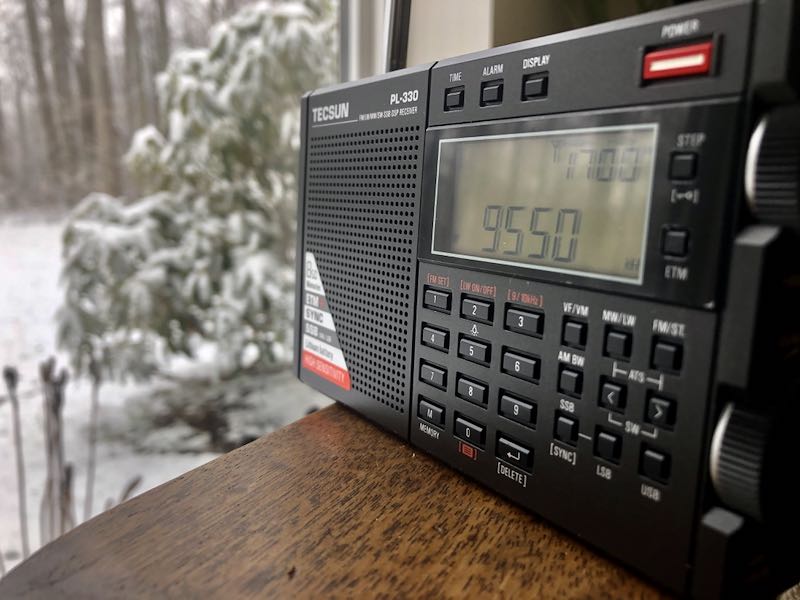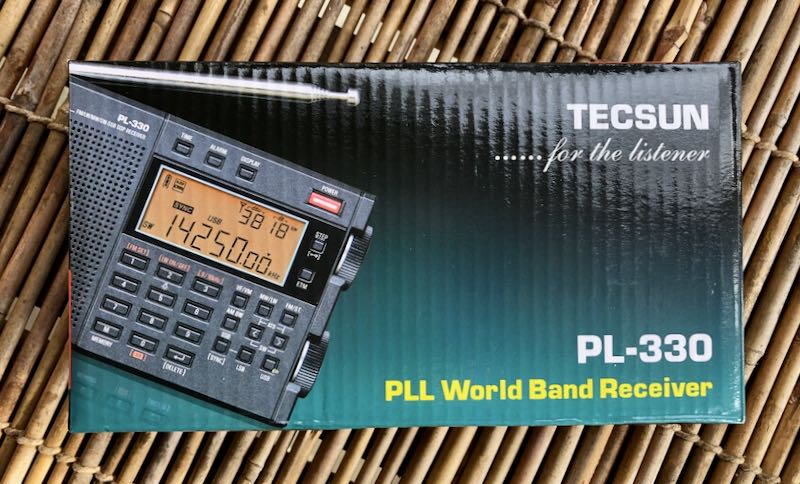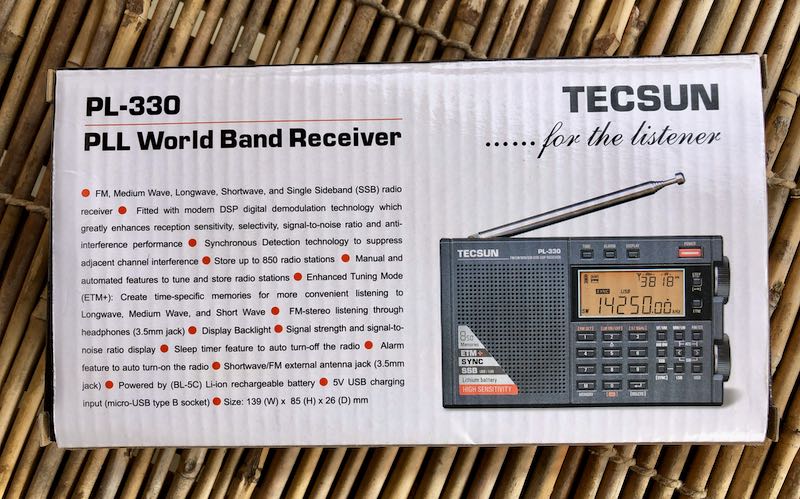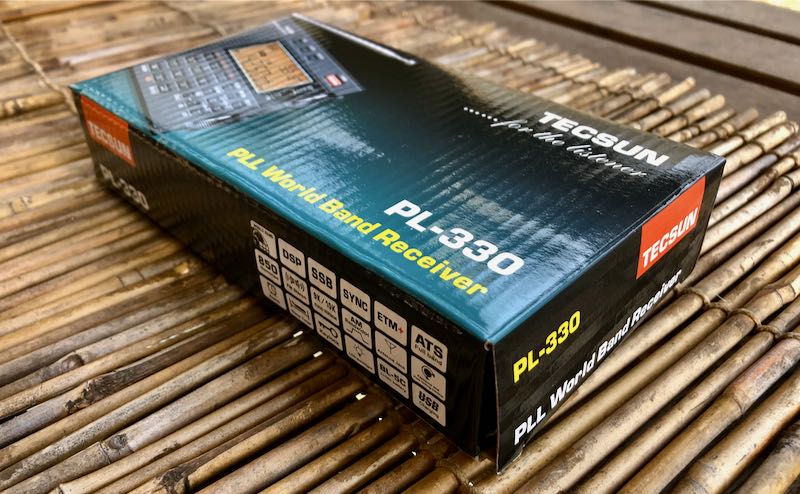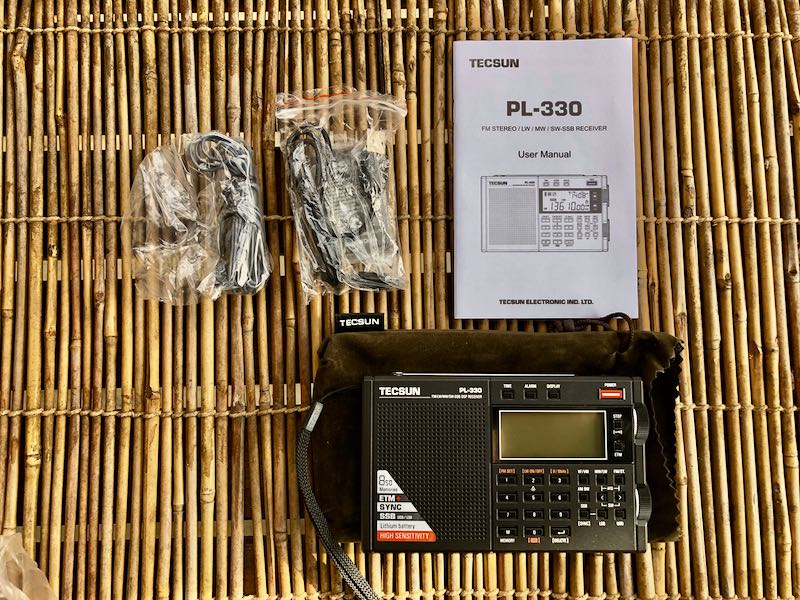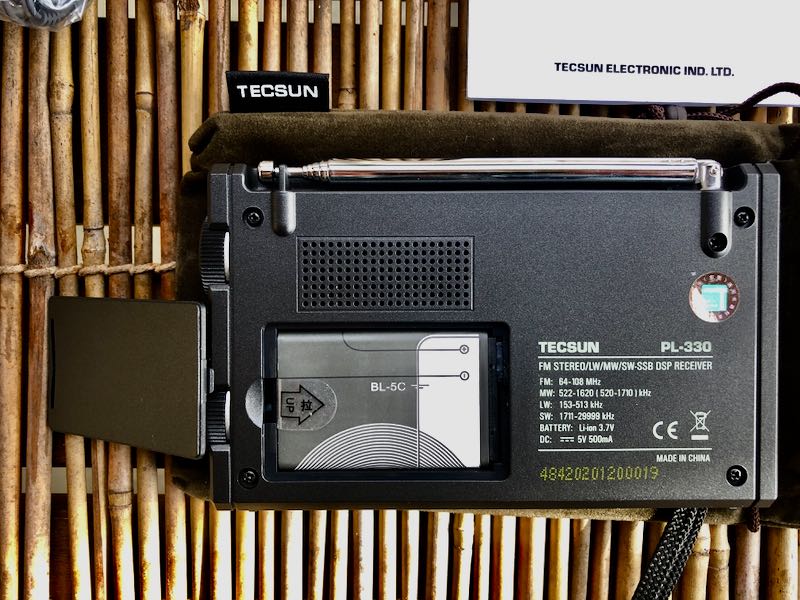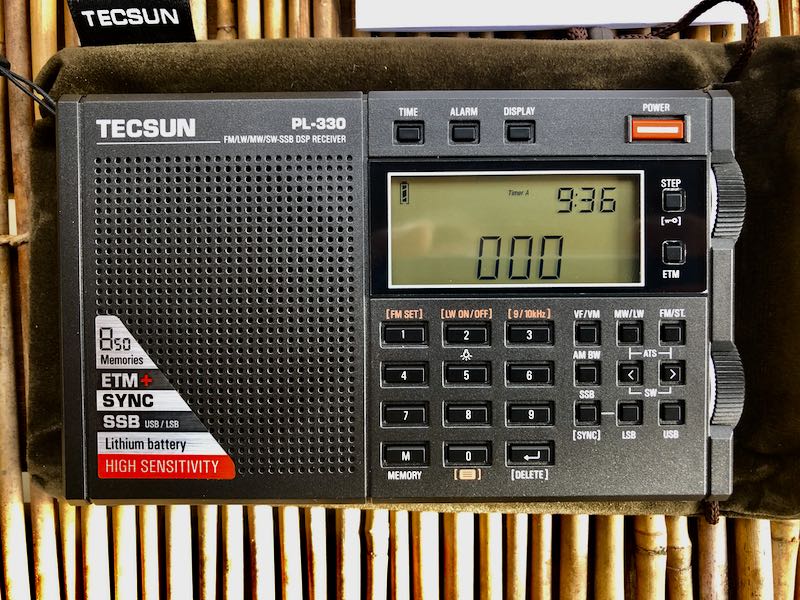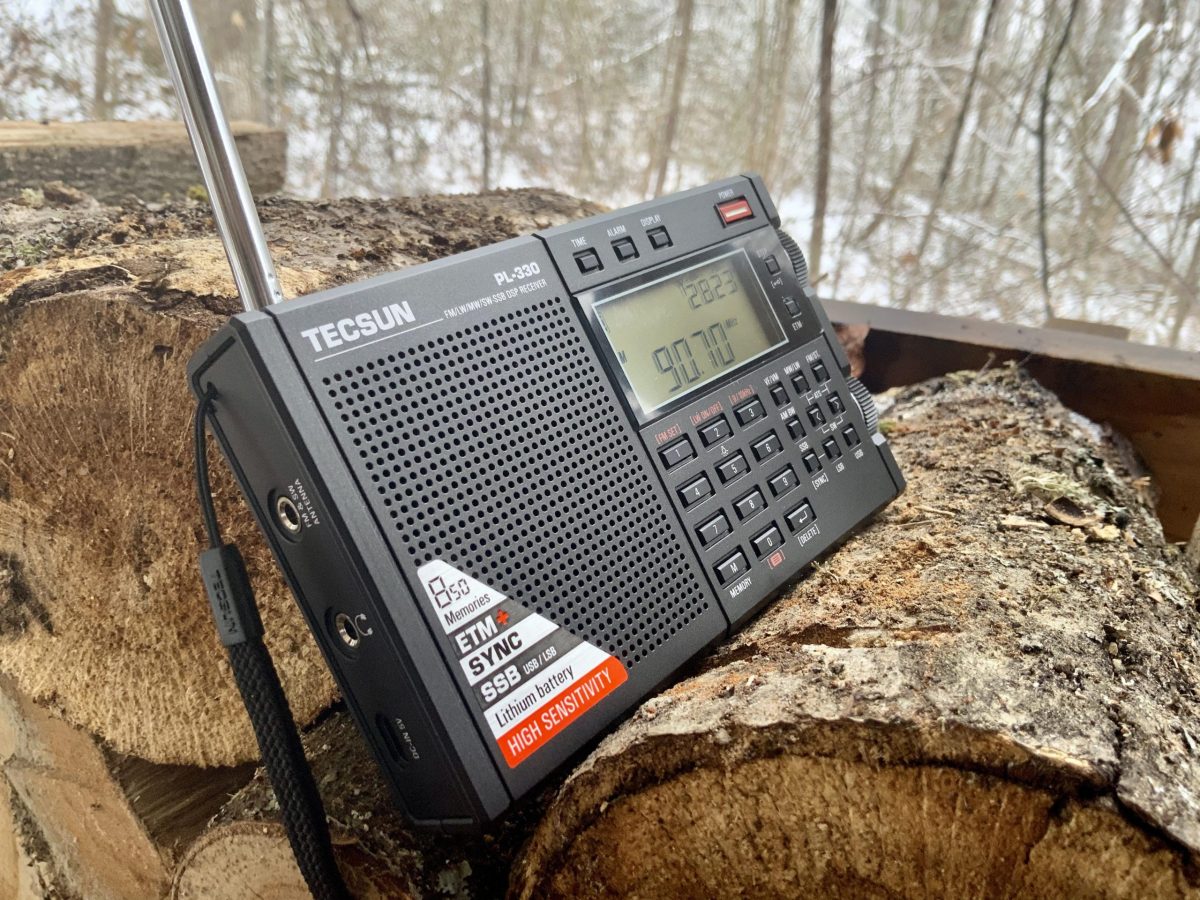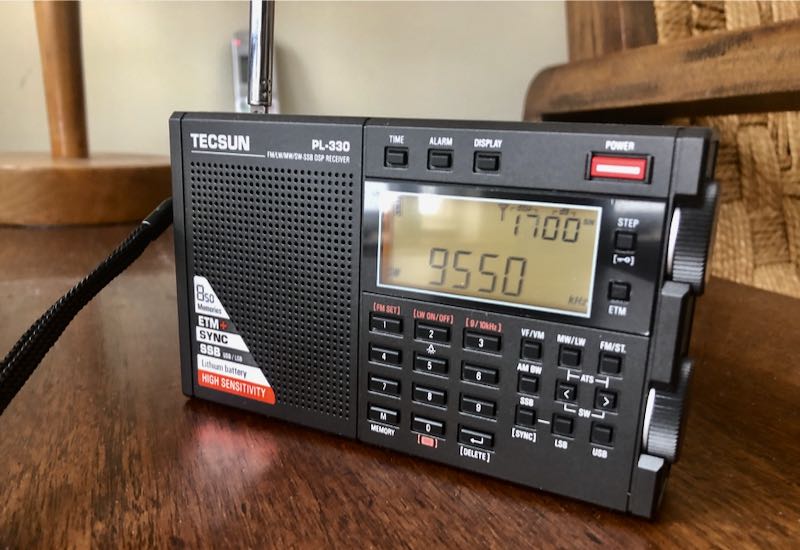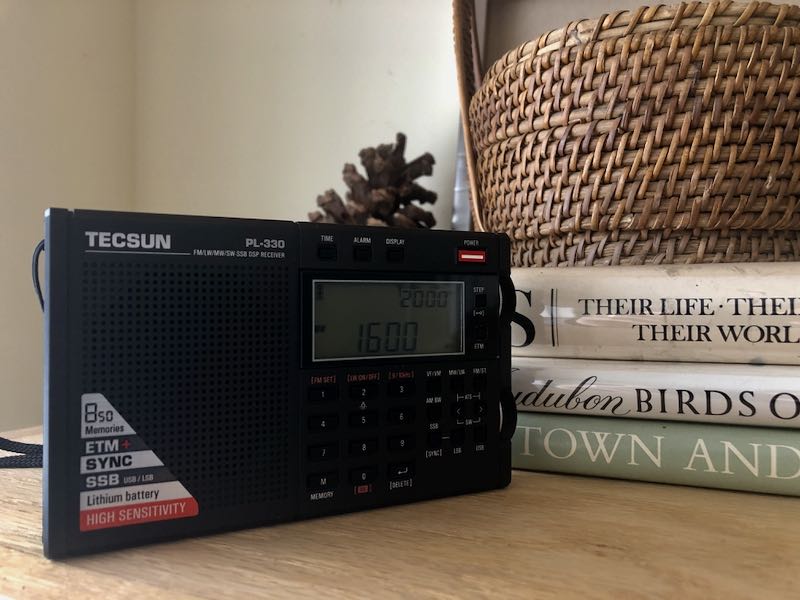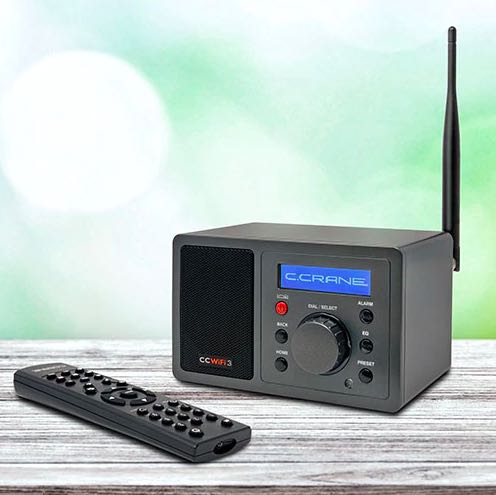 Many thanks to SWLing Post contributor, Ron, who notes the following announcement on C.Crane’s website:
Many thanks to SWLing Post contributor, Ron, who notes the following announcement on C.Crane’s website:
We were happy to be one of first companies to offer ad-free Internet radio because it allowed anyone to listen to the world without a fee. Fifteen years ago, Ben, the founder of Reciva, had a small staff to create the software and volunteers around the world to help manage the station streams. We are sorry, but Reciva’s software will soon not work anymore. The software would need to be recreated from scratch. Even If this was done, it would not be possible for the existing radios to be compatible with this new type of software. This is the same way Apple and Microsoft might release a new operating system that is not compatible with older hardware.
We are working on a new radio called the CC WiFi-3. We will be testing the first pilot run of the new CC WiFi-3 in January with the first delivery by April if all goes reasonably well. There are still no ads or graphics to annoy you and nobody tracks your habits for advertising offers. It looks almost the same as the previous CC WiFi but has been upgraded in several ways:
- It uses a new 3rd party stream provider called Skytune.
- You can add your own streams (URLs) yourself so you are somewhat protected if the service fails for any reason.
- It is a little easier to use and it has a good built-in equalizer available.
- This radio comes with a 2 year limited warranty.
Anyone can add a valid stream to Skytune. This makes the platform very different from smart speakers that do track your habits and make recurring income. There is no recurring income for C. Crane just like with Reciva and the CC WiFi. The only income is the initial hardware purchase which includes the use of Skytune’s technology embedded on a chip.
If you feel comfortable going forward please read our offer.
This is a one-time offer from C. Crane. This offer will end June 1, 2021.
- If you have purchased a CC WiFi and it is under the 1 year limited warranty, contact us for the available options.
- If you have purchased a CC WiFi and it is no longer under warranty, the CC WiFi-3 is available for half price – $60.00 USD plus shipping. You must fill out the form (click here) and include a picture of your serial number(s). Instructions are included on the form for how to locate your serial number. If you need help with this, please contact us. You will be contacted once we receive our shipment to get payment information and to confirm your address.
The CC WiFi-3 comes with the risk of losing connection to Skytune’s server if they were to shut down in the future. As we have previously documented in our catalog and on the web: C. Crane has no control over content or the stream provider for Internet radios and cannot be responsible for Internet radio programs or availability.
We think the CC WiFi-3 is a remarkable radio for listening to a clear signal from your favorite station and for discovering new stations. You can go to Skytune.com, click on the “Radio” header to be sure they carry your favorite station or host.
Note: Saving your own list of streaming stations for use takes some computer knowledge. Many of your big streamers block or change the URL daily so you cannot save it. As usual, you have C. Crane’s US Based customer service to help you with any questions about the operation of the CC WiFi-3.
A number of us have been frustrated discovering that the Reciva aggregator, which is the backbone for so many WiFi radios, will shut down by the end of April 2021. While I’m sure many of us are now leery of investing in a new WiFi radio, I love how 1.) C.Crane is offering a 50% discount to existing customers and 2.) are being up-front about the risks of WiFi radios relying on aggregator services.
I’ve been using the Skytune service on my Ocean Digital radio and have been very pleased. I’m pleased to hear the new CC WiFi-3 has an option to manually load Internet radio streams if needed.
Thanks, Ron, for sharing this tip!

